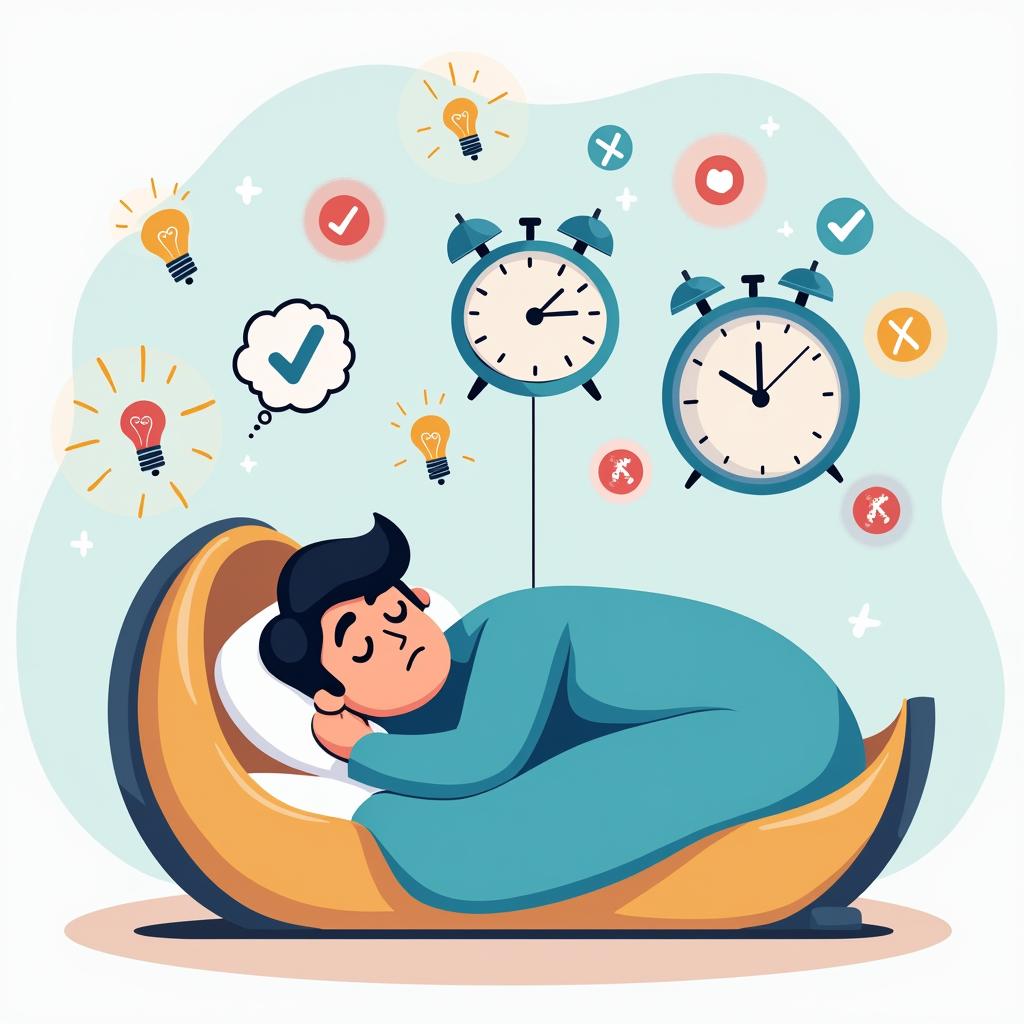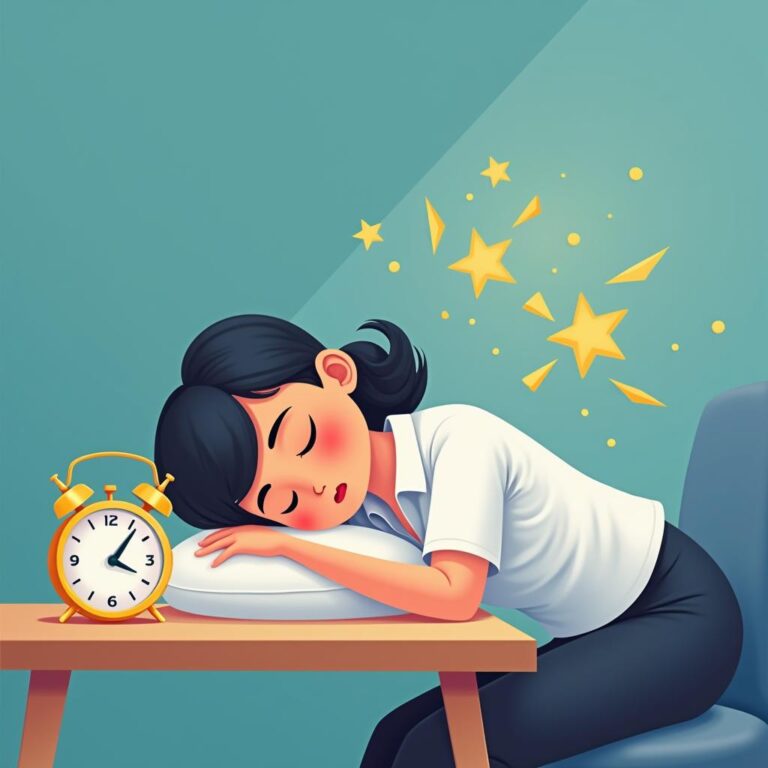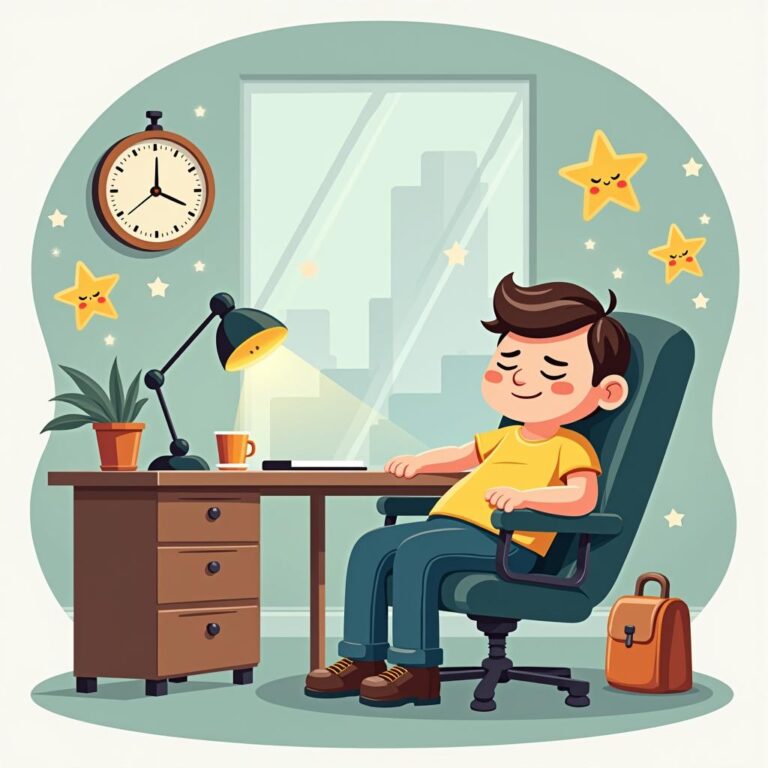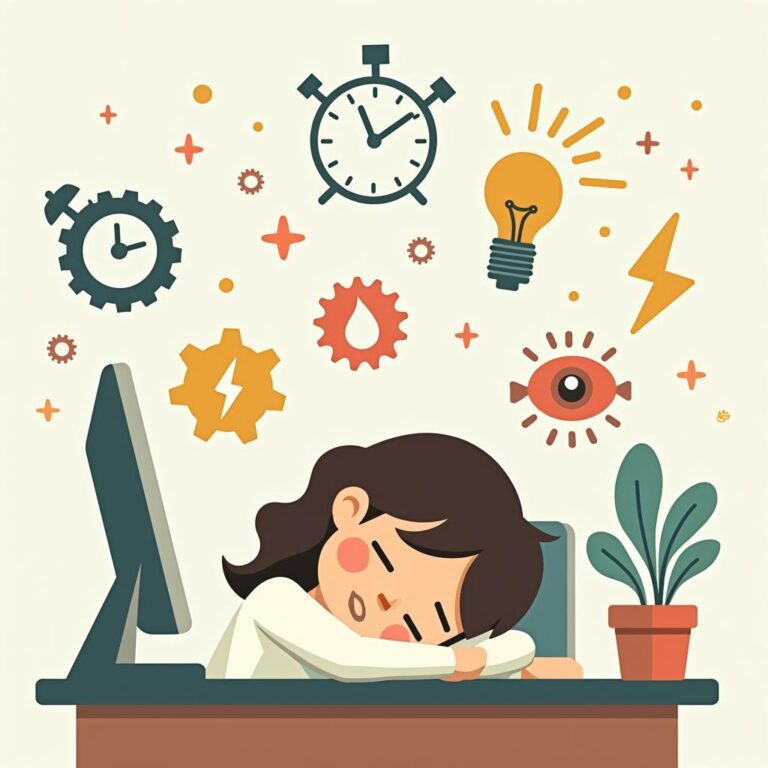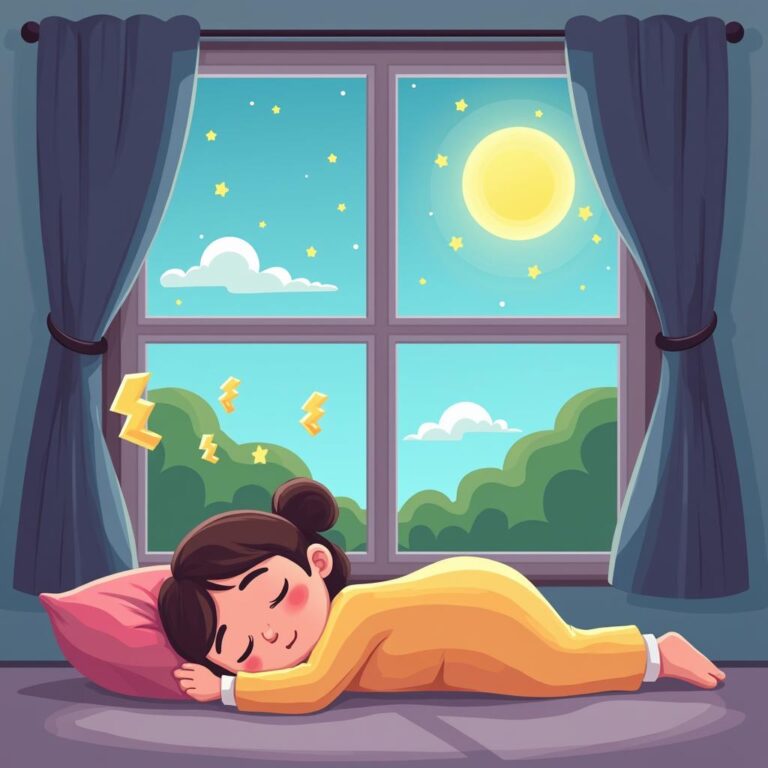In today’s fast-paced world, where working long hours is often seen as a badge of honor, the concept of power naps has gained considerable attention. More than just a midday snooze, power naps can significantly enhance productivity and combat the symptoms of burnout. In this article, we will explore how power naps work, the science behind their effectiveness, and their impact on mental health and work performance.
What is a Power Nap?
A power nap is a short sleep session that lasts anywhere from 10 to 30 minutes. This fleeting period is designed to rejuvenate the mind and body without entering deep sleep stages, which can lead to grogginess upon waking. The ideal duration of a power nap varies among individuals, but studies suggest that keeping it under 30 minutes maximizes benefits while minimizing sleep inertia.
The Science Behind Power Naps
Research shows that napping can provide various cognitive benefits such as improved alertness, enhanced memory, and faster reaction times. A study conducted by NASA concluded that a 10-minute nap can improve performance by 34% and alertness by 54%. These findings indicate that strategic napping can be an effective tool for enhancing workplace performance.
Restoration of Cognitive Function
During the day, mental fatigue accumulates, impairing cognitive functions such as attention, memory, and decision-making. A short nap helps restore these functions by allowing the brain to process information more effectively. This rejuvenation can enable individuals to tackle tasks with renewed focus and creativity, increasing overall productivity.
Enhancement of Memory and Learning
Power naps have been shown to help consolidate memories and facilitate learning. When we sleep, our brains process and consolidate information acquired while awake. A short nap during study sessions or after acquiring new knowledge can reinforce that information, making it easier to recall in the future.
Power Naps and Burnout Prevention
Burnout has become a pressing issue in today’s workplace, characterized by chronic stress and exhaustion. One effective strategy for combatting burnout is incorporating power naps into daily routines. Here’s how power naps can help:
Stress Reduction
Taking a break to nap can help lower stress levels. By allowing the mind to disconnect from work-related pressures, individuals can return to their tasks feeling refreshed and rejuvenated. This reset can help prevent burnout by reducing accumulated stress over time.
Emotional Resilience
Power naps can also enhance emotional resilience, allowing individuals to cope better with day-to-day challenges. When well-rested, people are often able to manage their emotions more effectively, leading to improved interpersonal relationships and overall workplace morale.
Integrating Power Naps into Your Routine
Making power naps a regular part of your daily routine can be transformative. Here are a few tips on how to effectively incorporate power naps into your day:
Find the Right Environment
To maximize the benefits of a power nap, it’s vital to find a comfortable, quiet space. Ideally, this space should be dimly lit to facilitate relaxation. Noise-canceling headphones or white noise machines can be helpful for blocking out distractions.
Set a Timer
To avoid napping too long, set a timer for 20 minutes. This duration is typically enough to enter light sleep without falling into deeper sleep stages, reducing the likelihood of waking up feeling groggy.
Time It Right
The best time for a power nap is generally in the early afternoon, when the body naturally experiences a dip in energy. Aim to nap between 1 PM and 3 PM to optimize alertness and productivity for the rest of the day.
Potential Challenges and Considerations
While power naps can be beneficial, they may not be suitable for everyone. Individuals with insomnia or disrupted sleep patterns may find that napping interferes with their nighttime sleep quality. Additionally, overly long naps can lead to sleep inertia, leaving one feeling disoriented and drowsy.
Listen to Your Body
It’s crucial to listen to your body and understand your own sleep needs. If you find that power naps negatively impact your nighttime sleep, consider other methods of rest and relaxation, such as meditation or simply taking breaks throughout the day.
Consult a Professional
For those experiencing chronic fatigue or signs of burnout, consulting a mental health professional or sleep specialist can provide personalized strategies for managing energy levels and improving overall well-being.
Conclusion
Power naps can be a game-changer in enhancing productivity and reducing burnout. By providing necessary rest and rejuvenation, they allow individuals to return to their tasks with increased focus, creativity, and emotional resilience. Incorporating power naps into daily routines can foster a healthier workplace culture and promote sustained productivity. So, the next time you feel the midday slump, consider taking a quick power nap – your mind and body will thank you!

